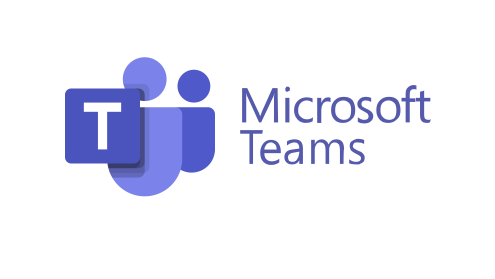The COVID-19 pandemic has accelerated the digital transformation, with platforms like Microsoft Teams and Slack emerging as major players in providing efficient file-sharing and communication solutions for remote work projects.
Businesses are reevaluating their collaboration tools, with Microsoft Teams standing out due to its extensive features, rich functions, and seamless integration with the Microsoft 365 suite.
This article serves as a guide for companies and administrators looking to transition from Slack to Teams.
Overview of Slack and Microsoft Teams
Slack: A Game-Changer in Team Collaboration
Slack was launched in August 2013 and quickly gained popularity, reaching 500,000 daily active users within a year. By 2023, Slack had over 20 million active users.
Microsoft Teams: The Integrated Collaboration Platform
Microsoft Teams, announced in November 2016 as a competitor to Slack, is now part of Microsoft 365. Its deep integration with Microsoft 365 provides a key advantage, with around 280 million monthly users in 2023.

Both Slack and Microsoft Teams have played vital roles in driving the adoption of digital collaboration solutions.
Why Migrate from Slack to Microsoft Teams?
The shift towards Microsoft Teams from Slack is driven by factors like integration with Microsoft 365, cost efficiency, and enhanced security and compliance features offered by Microsoft.
The decision to migrate depends on individual business needs, with many companies choosing Microsoft Teams for its seamless integration and cost-effective solution.
Why Choose Cloudiway for Your Slack Migration?
Cloudiway is a comprehensive migration tool known for its ease of use, speed, efficiency, security, and excellent support. It offers a seamless migration process for transferring content from Slack to Microsoft Teams.
Preparing for the Migration
Prior to migration, it is crucial to assess your current Slack environment, plan the migration process, create a detailed mapping document, integrate necessary applications, and communicate effectively with your team.
The Migration Process
Follow a step-by-step approach to migrate from Slack to Teams, including recreating Teams and channels, testing the migration, migrating data, training your team, and providing ongoing support.
Post Migration
After migration, monitor user adoption, provide ongoing training, encourage collaboration, offer technical support, and ensure a smooth transition to Microsoft Teams.
Final Words
Migrating from Slack to Microsoft Teams can enhance collaboration and productivity within your team. Selecting the right tools and following best practices are essential for a successful migration process.
Remember, every organization and migration is unique, so tailor your approach to meet your specific needs and circumstances for a seamless transition to Microsoft Teams.